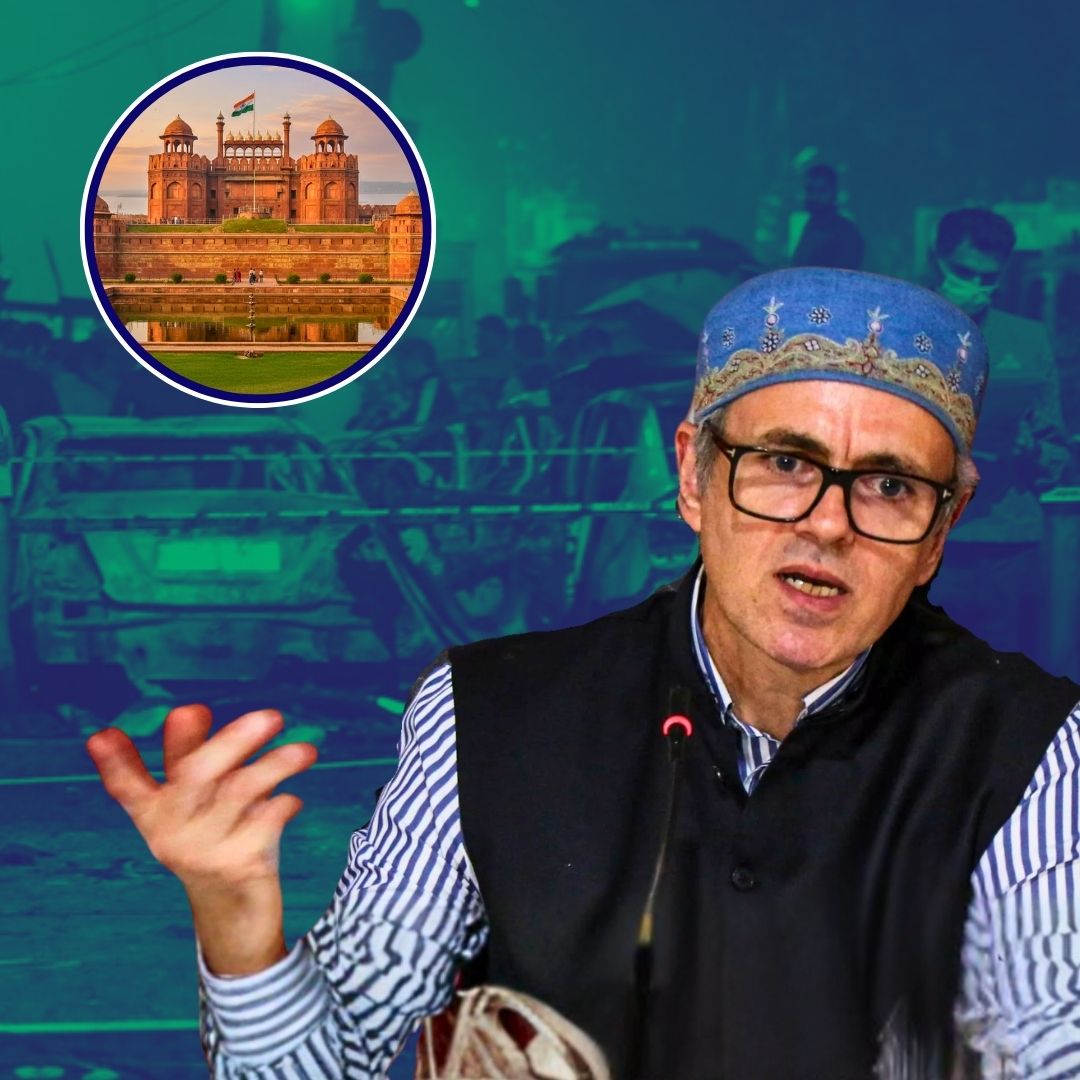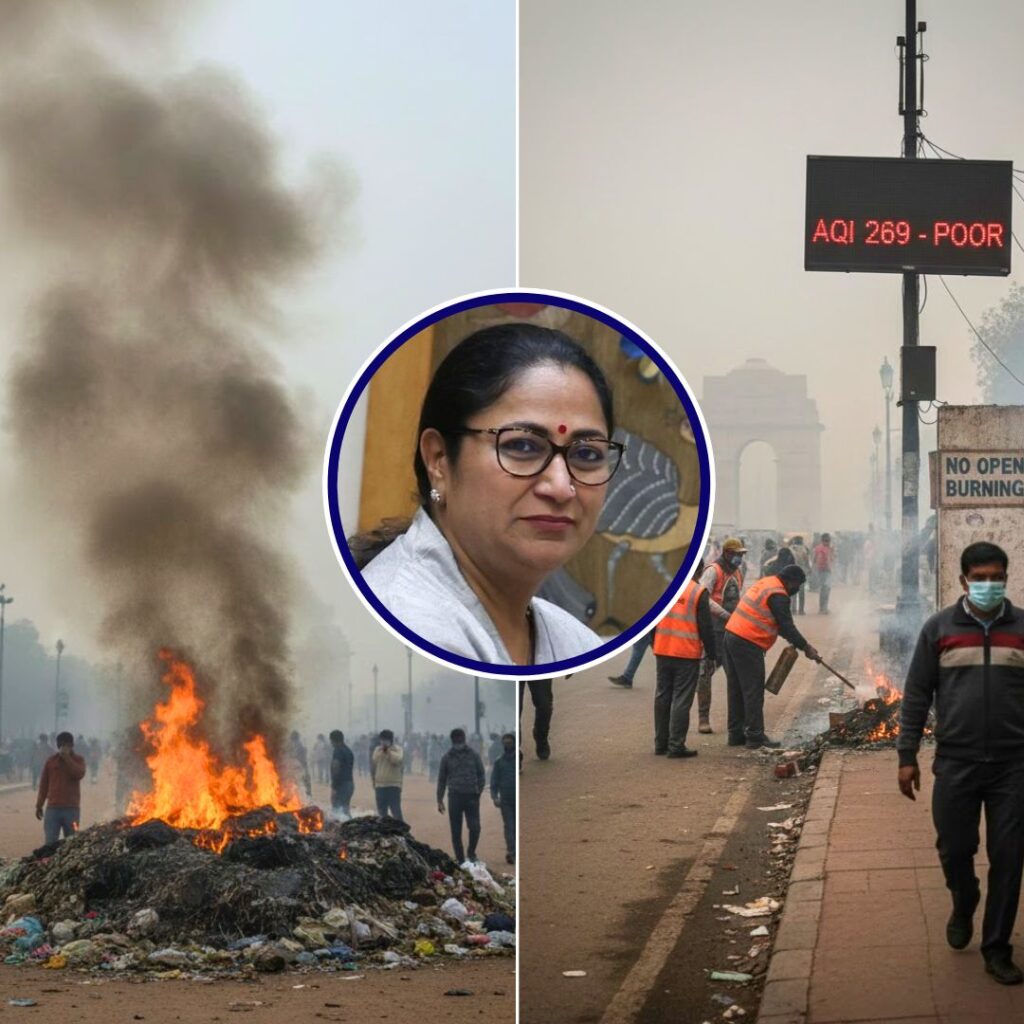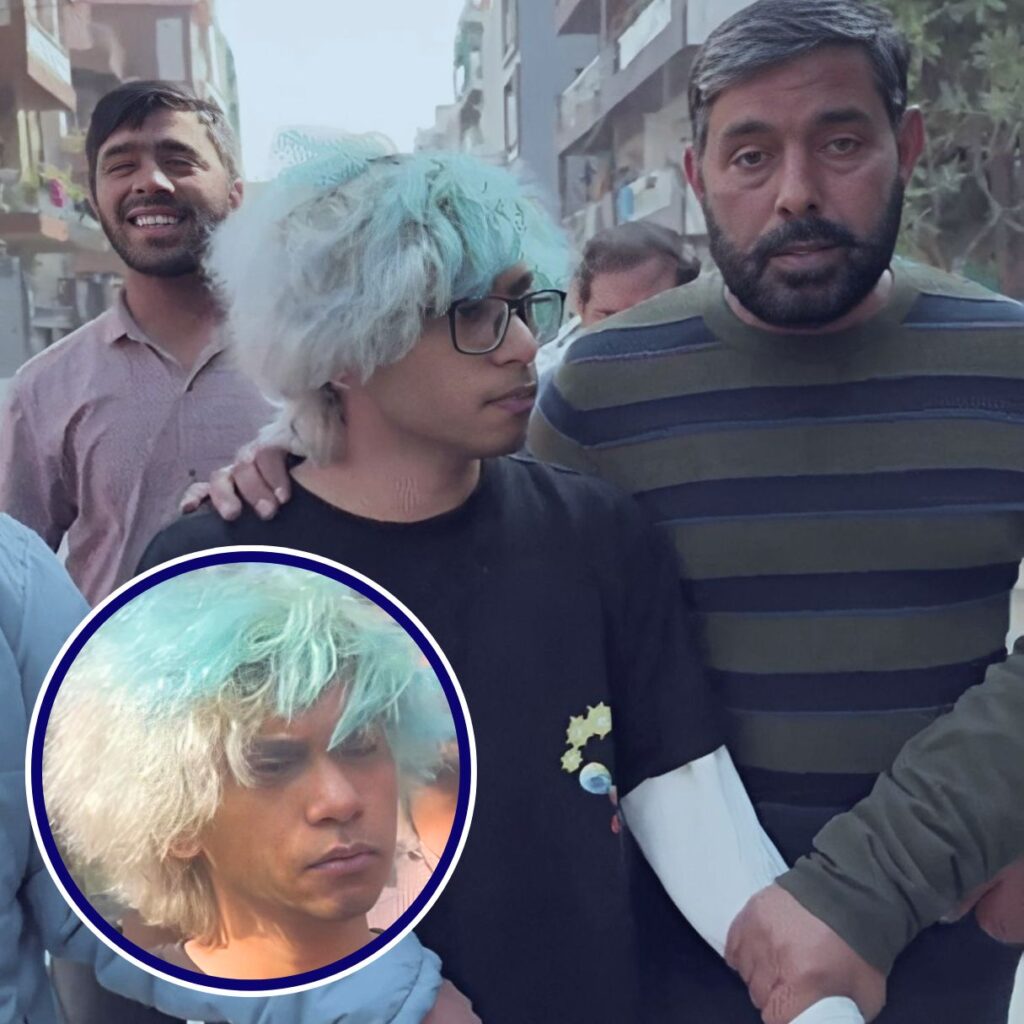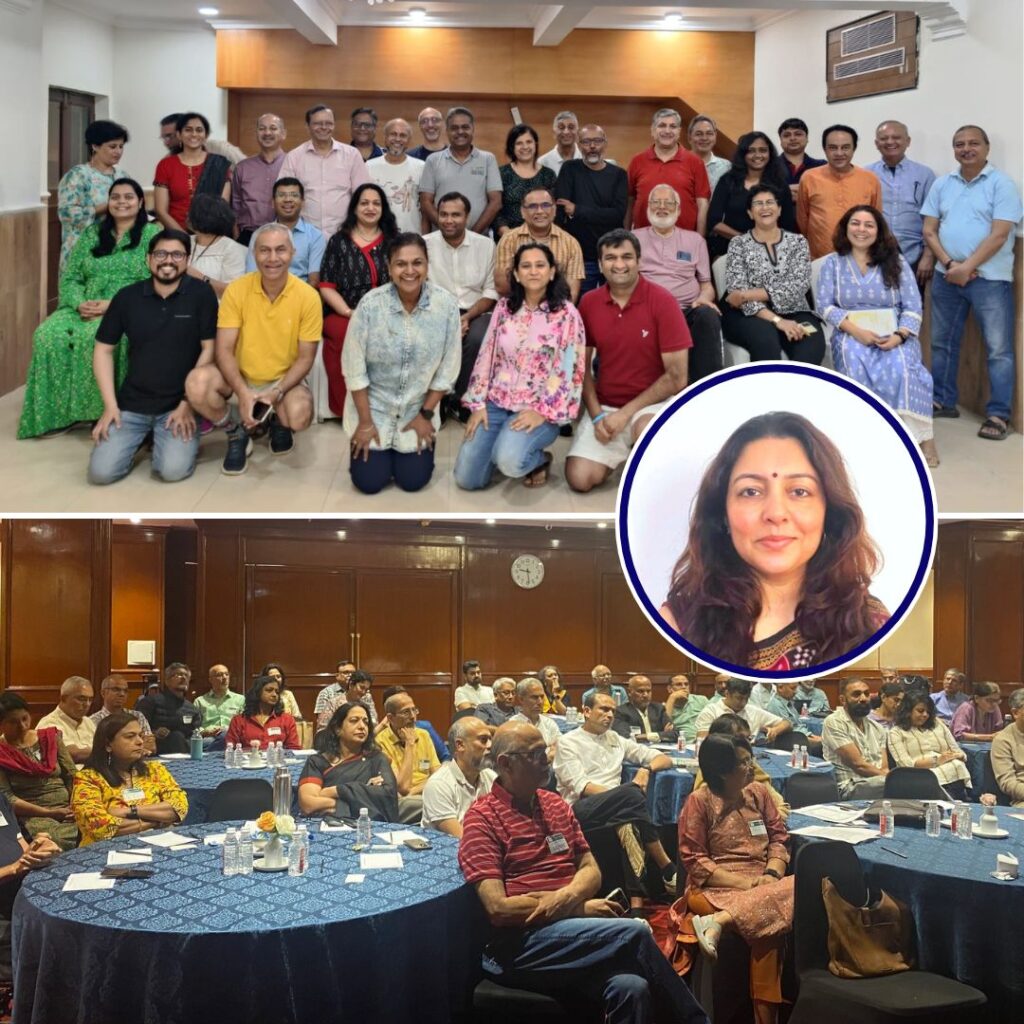Jammu & Kashmir Chief Minister Omar Abdullah has highlighted the profiling and everyday suspicion faced by Kashmiris in Delhi after the November 10 Red Fort car blast, which killed over 15 and wounded dozens.
As security forces probe a sophisticated terror module led by highly educated professionals, including doctors from Kashmir, civilians report heightened scrutiny and stigma.
Abdullah’s statement that he now hesitates before driving his J&K-registered vehicle in Delhi has reignited national debate on communal profiling, the politics of blame, and the delicate need for balance between security and social harmony.
Officials continue to defend necessary precautions, while social leaders call for empathy and systemic change.
Kashmiris’ Lives Upended By Suspicion
In the wake of the November 10 blast, Omar Abdullah addressed the anxieties gnawing at Kashmiris in the capital.
“Today, driving a J&K-registered vehicle in Delhi is seen as a crime. I don’t know if anyone will stop me and ask why I had come here,” he said, alluding to both direct and indirect consequences of the incident for people from his region.
Abdullah stressed that although only a handful may be responsible for such violent acts, “the perception is that we all are to blame.”
Speaking to reporters, he described how hundreds of Kashmiris have faced identification checks, vehicle searches, and questioning around Delhi-NCR since the blast, leaving families unsettled and anxious about their safety and acceptance.
Civil society groups and Kashmiri student associations have echoed Abdullah’s concerns, reporting a surge in complaints about perceived discrimination.
“This isn’t just about one car or one city; it’s a larger pattern that punishes people for where they come from-not for what they’ve done,” said Uzma Qadri, an activist. Despite repeated police assurances that measures are temporary and targeted, the trauma of scrutiny remains pervasive for the community.
The Red Fort Blast: What Happened?
At 6:52 pm on November 10, a white Hyundai i20 loaded with explosives detonated near the historic Red Fort in Delhi, killing 15 and injuring more than 20 people in what investigators quickly labelled a suicide attack.
CCTV footage showed the vehicle parked at Sunehri Masjid’s parking area from 3:19 pm, before moving towards Red Fort metro station and exploding in slow-moving traffic.
Victims included both local residents and visitors; two succumbed to injuries days later, raising the death toll. Survivors, like Vinay Pathak’s and Mohammad Luqman’s families, spoke of the chaos and confusion, recounting how quickly normalcy erupted into disaster.
The explosion set nearby cars, auto rickshaws, and e-rickshaws ablaze. Fire services reached within minutes, containing the fire by 7:29 pm.
Authorities cordoned off the area as the National Investigation Agency (NIA), NSG, and forensic teams launched a multi-agency probe.
The Police Crackdown
The investigation revealed a chilling trail: the suicide driver was identified as Dr. Umar Mohammed, a Pulwama-based doctor allegedly linked to a larger “white-collar” terror module involving several Kashmiri medical professionals. Named associates included Dr. Muzammil Ahmad Ganaie and Dr. Adeel Ahmad Rather, who allegedly stockpiled nearly 3,000 kg of explosives recovered from Faridabad.
CCTV captured Dr. Umar conducting reconnaissance at various locations across Delhi hours before the blast; the module, investigators said, sought to orchestrate as many as 32 similar car bombings but was partly foiled when the police raided Faridabad “safehouses.”
The NIA made high-profile arrests in the days that followed, including Amir Rashid Ali, a Kashmiri resident whose vehicle was linked to the attack. “We are pursuing multiple leads to unearth the larger conspiracy,” an NIA spokesperson said, vowing justice for victims and further arrests as necessary.
The government labelled the act a heinous attack perpetrated by “anti-national forces,” with Prime Minister Narendra Modi vowing at a Cabinet meeting that “those behind the Red Fort blast will not be spared”.
Politics of Blame and the Burden of Perception
While officials defend aggressive security measures as vital, human rights groups warn against broad-brush suspicion and alienation. Abdullah, reflecting both political frustration and social anguish, criticised the central government for “failing to deliver peace and security” post–Article 370 in J&K.
“We want these things to stop. Over the last 30-35 years, J&K has seen a lot of bloodshed. We were told in 2019 that all this would stop. But, it has not,” he observed, referencing government promises following the region’s special status revocation.
Activists argue this environment makes it harder for ordinary Kashmiris to live, work, or study outside their home state and erodes India’s democratic promise of equality before the law.
“When people are made to feel like suspects by default, it damages trust in institutions and between communities,” said legal expert Nandini Raghavan.
The Logical Indian’s Perspective
Violence and extremism must be condemned unequivocally, but so too must the tendency to stereotype or collectively punish communities.
The trauma of survivors and loss suffered by families must be met with justice, not fuelled by prejudice.
It is essential for law enforcement and society at large to distinguish between the few responsible and the many innocent, promoting empathy even as vigilance is maintained.
The Logical Indian urges readers to uphold kindness, demand fairness, and champion harmony in troubled times.












